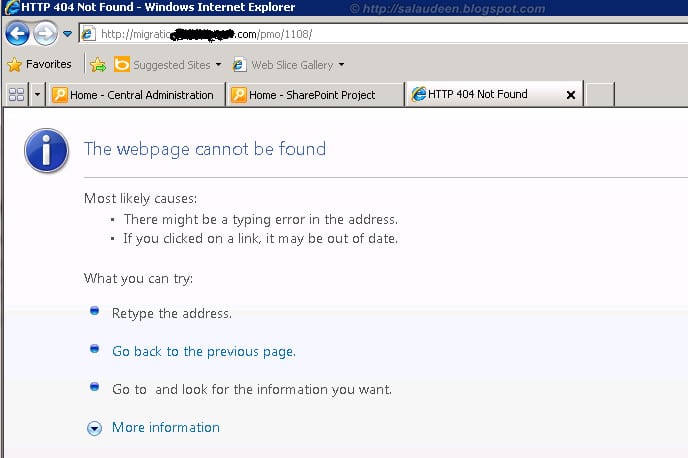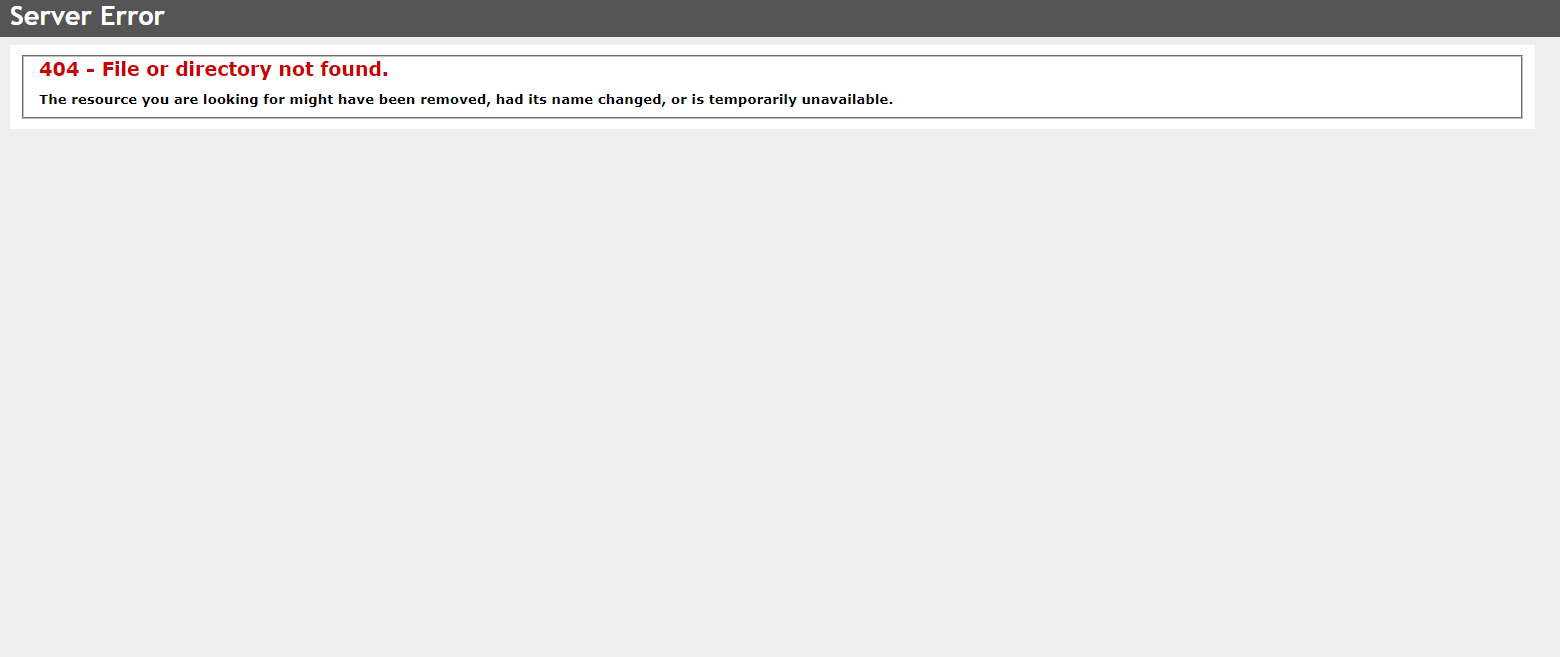

Many website operators don’t check their external links regularly and therefore a functioning link could easily become a dead one.Ī 404 error is rarely a reason to celebrate. are often not informed that the site has been removed or can now be found under a new URL. Other linked websites such as blogs, news portals, etc. Many websites still appear in the search engine results pages (SERPs) even though they aren’t available online anymore (or at least not at the specified URL). The entered domain name doesn’t exist (anymore)ĭead links are often left for long periods of time since operators have no idea that the linked content has been deleted or moved.The requested domain name can’t be converted to an IP by the domain name system (DNS).The server responsible for the website is not running or the connection is broken.


There are also other reasons why an error message could appear. OResponseStream = oWResponse.The typical trigger for an error 404 message is when website content has been removed or moved to another URL. ORequestStream.Write(bFile, 0, iBytesRead) While ((iBytesRead = oFileStream.Read(bFile, 0, bFile.Length)) != 0) Stream the file contents in small pieces (4096 bytes, max). ORequestStream = oWebrequest.GetRequestStream() OFileStream = File.OpenRead(vsLocalPath) Get a FileStream and set the final properties of the WebRequest OWebrequest.AllowWriteStreamBuffering = false This is important, otherwise the whole file will be read to memory anyway. OWebrequest.ContentType = "multipart/form-data boundary=" + sBoundary This happens on the "GetResponse()" method of webrequest.
#Iis 404 not found code#
Our application code was working perfectly when our IIS server was running in Windows 2003 but when we ported it to Windows 2008, it started throwing "(404) Not Found" exception. We are experiencing a problem in uploading files to web server using the WEBCLIENT interface in Windopws 2008. The following articles are also helpful in torubleshooting 404 errors: We simply need to define the mime-type for. The MSKB tells us that 404.3 means that the mime map policy prevents this request. The following MSKB articles are helpful for looking up the status codes with their corresponding causes and remedies: You can see that the status and substatus logged are 404 3.

#Fields: date time c-ip cs-username s-computername s-ip cs-method cs-uri-stem cs-uri-query sc-status sc-substatus sc-win32-status sc-bytes cs-bytes time-taken cs-version cs-host cs(User-Agent) cs(Cookie) cs(Referer) In this example, we see a request for a Flash file that is failing: You can now lookup 404 entry in the log file to determine why the resouce is coming back as "not found". The first step is to make sure that you are using the W3C log file format and that you have selected Protocol Substatus code as one of the extended logging fields as in the example below. Most admins don't realize that the IIS log file can now include the substatus code along with the 404. Since IIS 6, Microsoft has made it very easy to troubleshoot the cause of a 404 "not found" error from the web server.


 0 kommentar(er)
0 kommentar(er)
